
By Chris Koester
When an amazing safety-first culture exists, the result is a waiting list of employees wanting to be on the emergency response team.

By Karen D. Hamel
Incidents involving floor contaminants (wet or dry) aren’t isolated to entrances or production areas.
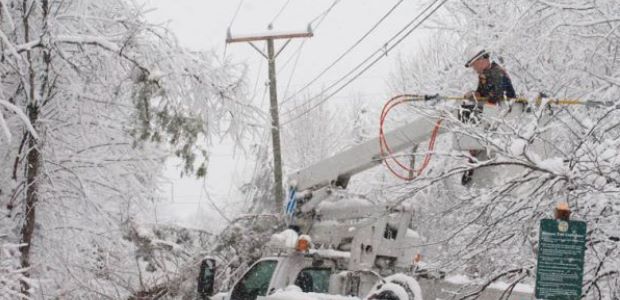
By Jake Hirschi
The primary objective of outerwear in cold weather is to provide warmth. However, many sub-zero temperature industrial workplaces also have the potential for exposure to electric arc or a flash fire event.
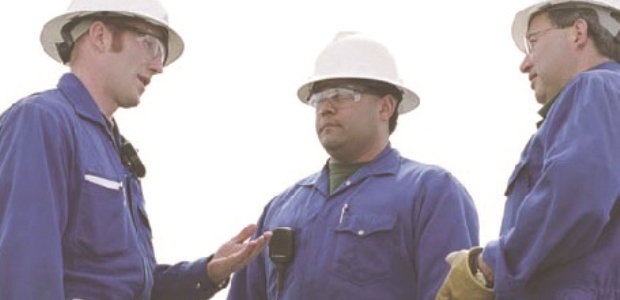
By Steve Bonino
Subpart AA of 29 CFR 1926 will help to prevent construction workers from being hurt or killed by eliminating and isolating hazards in confined spaces at construction sites.
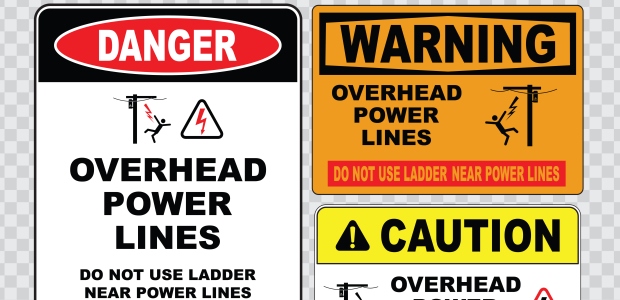
By Fred Elliott
Electricity is one of the most common causes of fires and thermal burns in homes and workplaces.

By Karen D. Hamel
Sanitizing, disinfecting, and cleaning chemicals are likely to be found throughout the facility. It is important to know the particular brands and styles that are being used to verify that proper precautions are being taken.
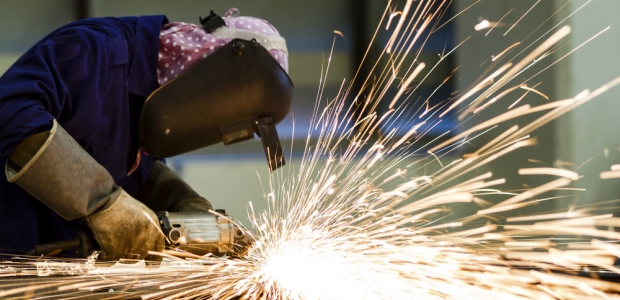
By Greg Zigulis
The amount of exposure to individuals can depend upon work practices, ventilation, and location. Will the work be done in wide open areas, inside a building adjacent to other work processes and people, or potentially even in a confined space?
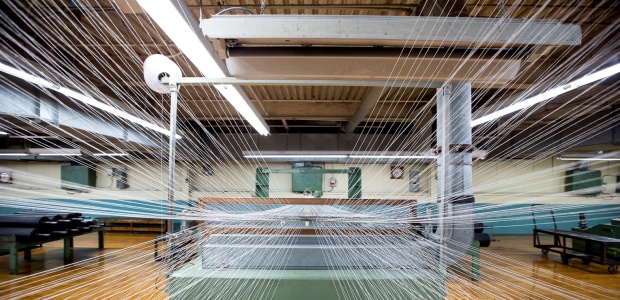
By Craig Tutterow
Wear trials can help guide you in selecting the right fabric by providing a more comprehensive evaluation of important factors such as performance, comfort, and applicability.
By Robert Pater
Leaders can help build a more mindful workforce.
By
Successful organizations concentrate on a few specific precautions identified by data that will focus efforts to prevent injuries and incidents.
By Jerry Laws
The July 2013 derailment in Lac-Mégantic, Quebec, of a crude oil train triggered many federal actions in Canada and the United States as crude oil shipments by rail skyrocketed.